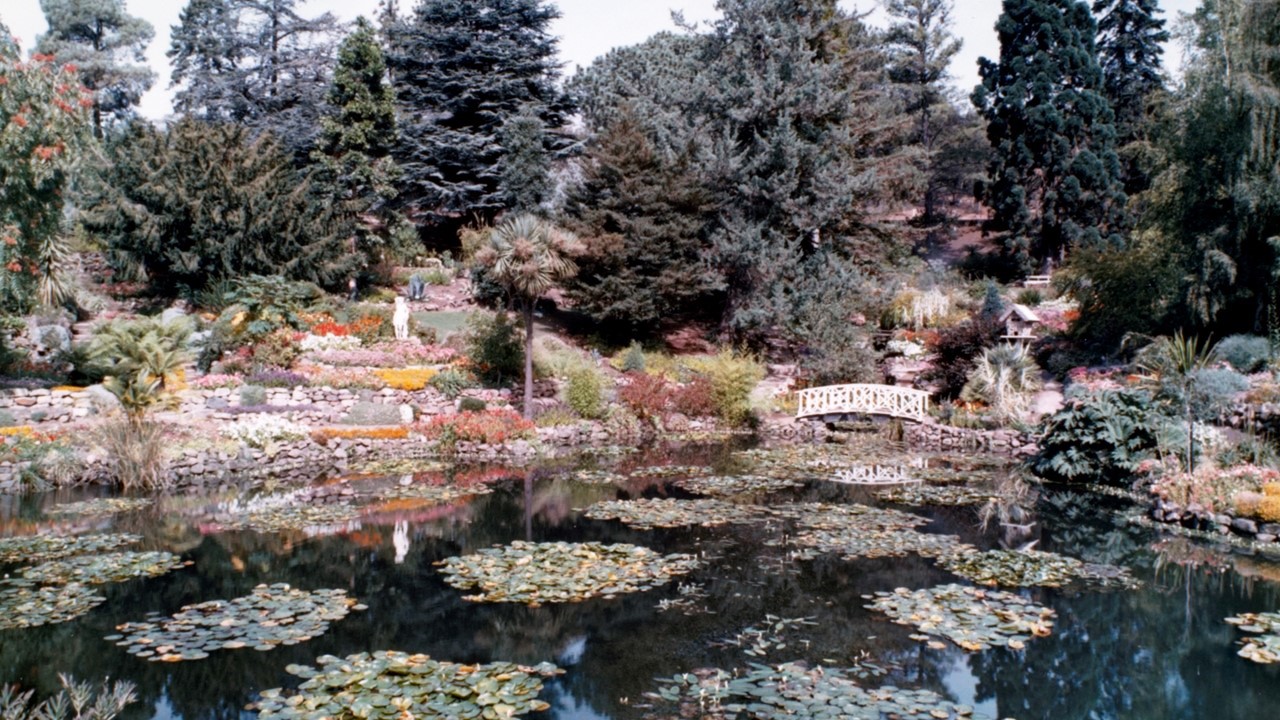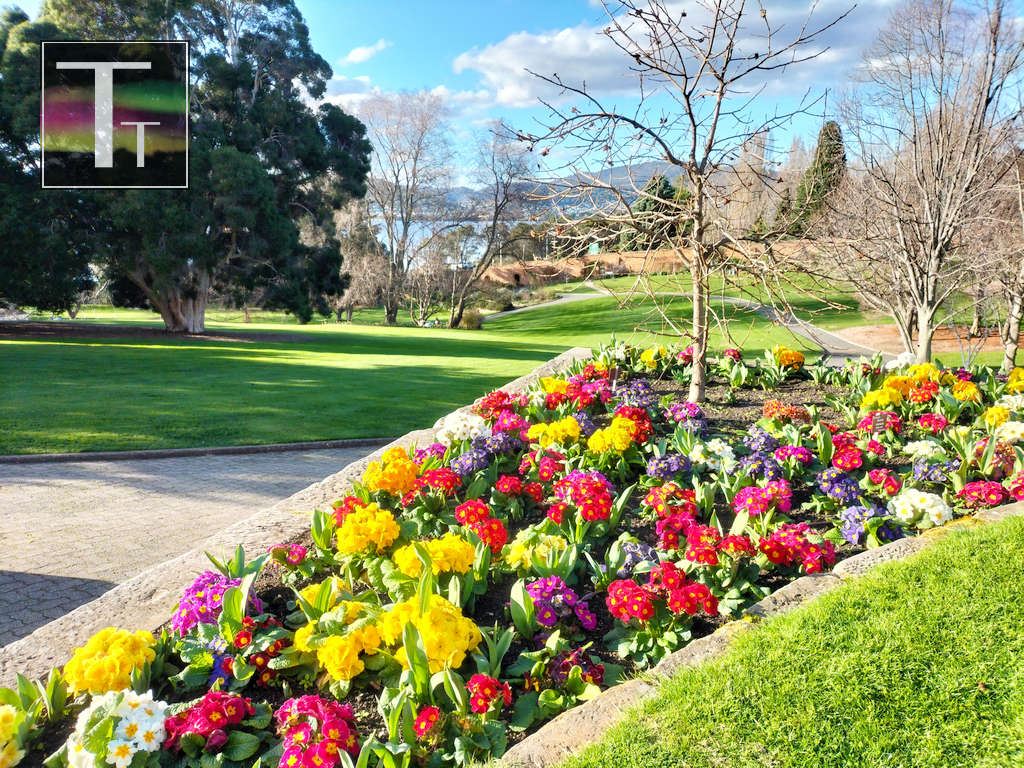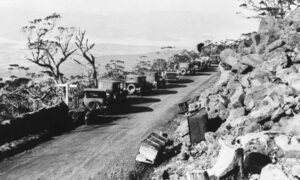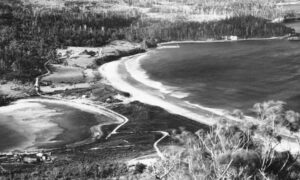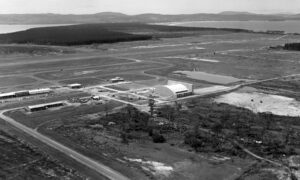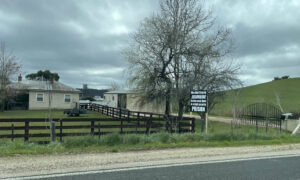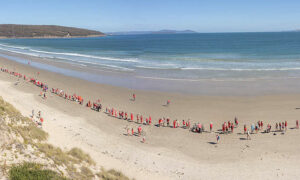The Royal Tasmanian Botanical Gardens were established in 1818 as the Lieutenant-Governor’s private garden. Limited access was granted to the public between 1828 and 1834.
In 1829, Sir George Arthur* had a heated wall built in the gardens, and also ordered the construction of a cottage for the superintendent. Additionally, he organised different types of trees, grasses, grains, and nuts to be planted – laying the foundation for the diverse range of plants people see in the gardens today.
Management of the Botanical Gardens had been assigned to the Royal Society of Van Diemen’s Land by 1844. Frederick William Newman assumed the role of the gardens’ superintendent in 1845, and he likely initiated the establishment of the pinetum, a dedicated area for cultivating coniferous trees which would later become one of the gardens’ hallmarks.
The Botanical Gardens soon became a hub for plant exchange. Some of its Norfolk Island pines and tree ferns were sent to new locations, and exotic trees, shrubs, roses, and orchard trees were introduced.
In 1856, a comprehensive plan was put into motion at the Botanical Gardens, shaping them into the sanctuary they are today. Attributed to a fellow named William Porden Kay, the plan included a parterre garden** section, promenade walks, and an orchard.
The twentieth century brought significant developments to the Botanical Gardens, with the construction of the Conservatory in 1939, the erection of the French Memorial Fountain in 1972, and the creation of the Japanese Garden in 1987.
Management of Botanical Gardens was transferred to the state government in 1950. Fifty-two years later, in 2002, they were established as a state organisation governed by the Royal Tasmanian Botanical Gardens Act.
These days, the gardens are 14 hectares in size and are open to the public all year round. They are a popular attraction for both visitors and local residents. Outdoor theatre events are often held during the summer months, and the grounds are occasionally used for festivals and other events.
You can find out more about the gardens at the official website: Visit – Royal Tasmanian Botanical Gardens (rtbg.tas.gov.au).
* Sir George Arthur was the Lieutenant-Governor of Van Diemen’s Land from 1824 to 1836.
** A parterre garden is a carefully designed garden with plants arranged in symmetrical patterns, often separated by paths or hedges.
Tas That Was is a column that includes:
- anecdotes of life in Tasmania in the past;
- historical photographs of locations in Tasmania; and/or
- documentaries about locations in Tasmania.
If you have an anecdote or photograph you’d like to share with us, please send it to [email protected].
Callum J. Jones studied English, History, and Journalism at the University of Tasmania. He has written fiction and non-fiction for Tasmanian Times since 2018, and can be traced by the smell of fresh coffee.
Follow him on Twitter (@Callum_Jones_10) and Facebook (@callum.j.jones.creative).

